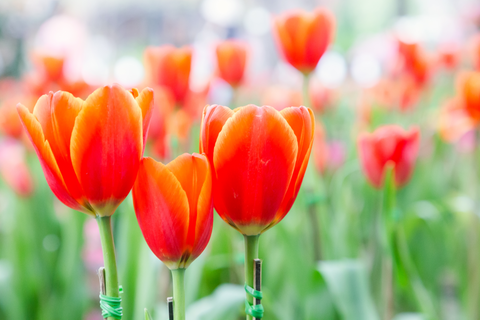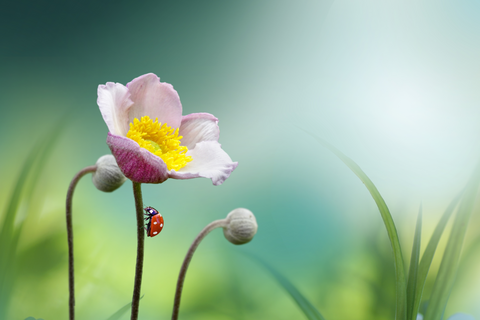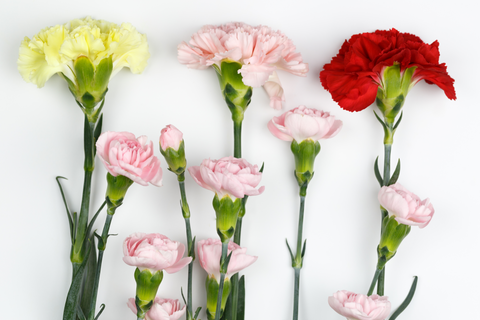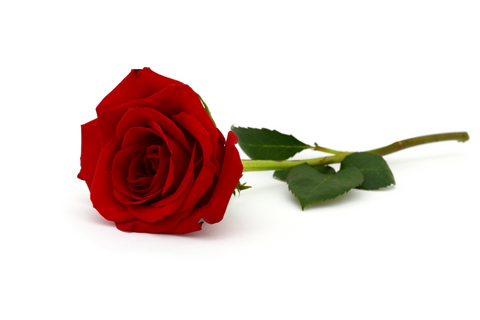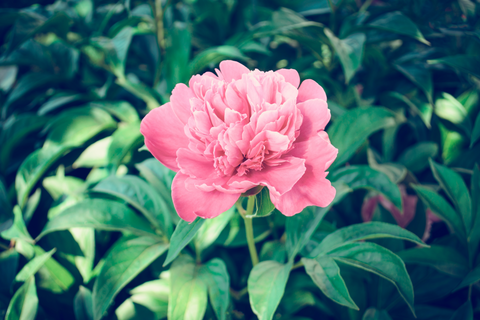What kinds of flowers can you expect to see this Spring?
Spring is the perfect time to talk about the meanings of flowers
Spring is almost here and soon you’ll be able to enjoy the beautiful weather outside and get some much-needed Vitamin D. The imminent end of winter means you won’t have to deal with frigid temperatures or the accompanying dry air that can dry out your skin. Soon it’ll be warm enough to enjoy iced coffee or any other cold drink and you won’t have to burden your shoulders with bulky coats. One of the best parts of Spring are all the pretty kinds of flowers, many of which have rich meanings. The meanings of flowers are often steeped in interesting myths and legends. To see the kinds of flowers Hazelton’s offers, please refer to the Floral Arrangements Collection.
Tulips are the first flowers to bloom in spring. They symbolize rebirth and a fresh start, so feel free to make a few “Spring Resolutions”, which might end up being the same as your forgotten New Year’s Resolutions! Different colours also have different meanings. The red tulip is the flower of love. Yellow tulips convey cheerful sunny thoughts and a warm friendship, so you know what flower you’ll need if someone gives you a red tulip but you don’t feel the same way. White tulips mean forgiveness and purple ones mean royalty.
The Anemone flower represents expectation or anticipation, which is quite relevant as Winter has overstayed its welcome and we are all eagerly awaiting Spring. The Anemone flower is also known as a highly powerful flower that wards off evil. But most of us will be happy if this flower can just ward off the snow. However, many Eastern cultures have the opposite view – they believe that the Anemone flower is a symbol of bad luck. The only way to know the truth is the buy these flowers for yourself and see what happens!
Carnations generally symbolize fascination and distinction, but different colours have different meanings. Light red symbolizes admiration, dark red symbolizes affection, and white symbolizes luck. According to legend, pink carnations grew from Virgin Mary’s tears as she watched Jesus carry the cross. Pink carnations grew from the spots where Mary’s tears fell. Pink carnations carry great significance as they are a symbol of a mother’s eternal and unconditional love. This legend suggests that carnations earned their name from the word incarnation. Carnations also happen to be one of the oldest cultivated flowers in the world.
Red roses are commonly associated with love and romance, while other colours having different meanings – pink symbolizes grace, gratitude and joy, orange symbolizes enthusiasm and passion, and white symbolizes innocence and purity. But did you know that roses can also mean secrecy or confidentiality? The term “sub rosa” means “under the rose”, and it comes from ancient Rome, where roses were painted on the ceilings of banquet halls, which signified that anything said under the influence of wine was to remain confidential. In the Middle Ages, when a rose was suspended from the ceiling of a council chamber, everyone under the rose was sworn to secrecy.
Peonies symbolize healing, compassion and good fortune. They say having peonies at a wedding will bless the bride and groom with a happy, long lasting marriage. According to legend, the peony is named after a mortal by the name of Paeon, who was a gifted student of Aesculapius, the god of medicine. Paeon accomplished remarkable feats in his time, like discovering a magical root to soothe the pain of women in childbirth and curing Pluto (the god of the afterlife) of a harmful disease. Paeon became known as the physician of the gods. Aesculapius grew jealous of his gifted student – how could a mere mortal outshine the god of medicine himself? Aesculapius then tried to have Paeon killed, but Zeus intervened and saved Paeon by turning Paeon into a beautiful flower which is now known as the Peony.
Aside from looking forward to the pretty flowers this spring, you’ll be pleased to know that spring can change the way you think for the better. Researchers from the University of Michigan found that spending time outside in sunny spring weather literally broadens peoples’ horizons and opens them up to new points of view. Here’s hoping Trump supporters spend more time outside this spring!
Next →
← Previous


